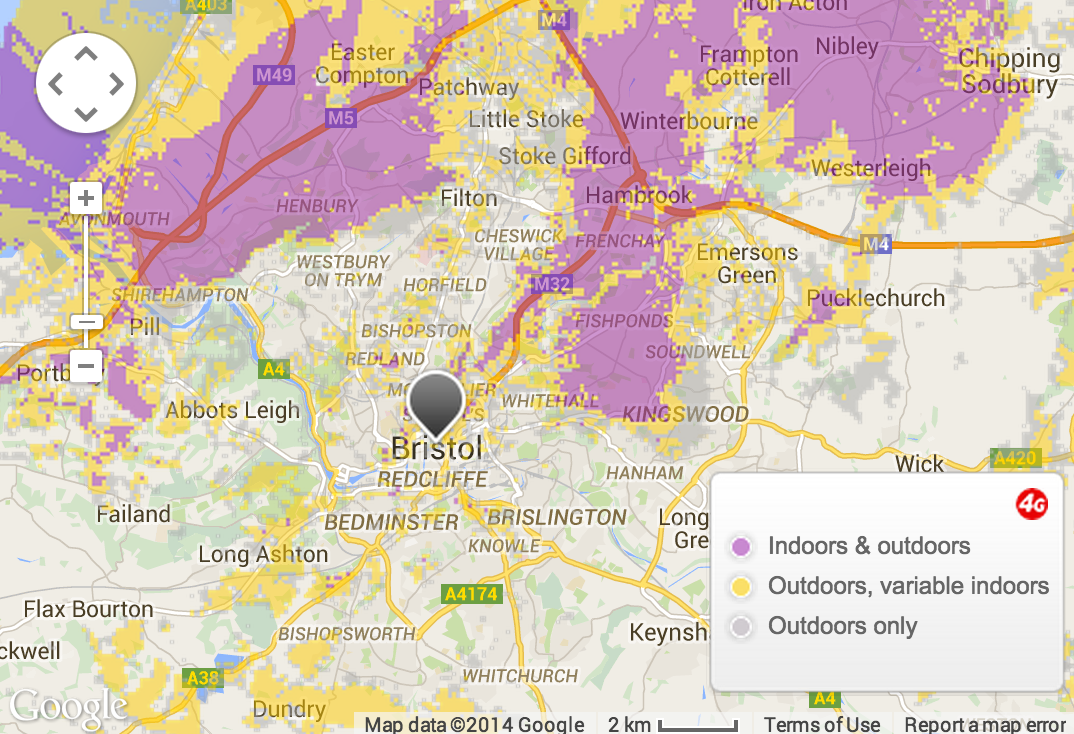O2 and Vodafone set to miss 4G coverage target
It appears that both O2 and Vodafone will miss their target of 98% 4G coverage by the end of this year.
The 98% target, which was set in 2012 when an equipment share deal was put in place, also covers 2G and 3G services. The two companies agreed to combine their infrastructure of 18,000 masts and towers to create a massive grid that covered the country. The plan was that this collaboration would help to reduce running costs and speed up 4G roll-out, and by reaching the 98% target in 2015 the operators would have beaten the 2017 target set by Ofcom.
The latest figures show that the two operators have only reached 63% coverage. Neither company is prepared to admit defeat on the issue; however, they have admitted that they are now more likely to reach the target in 2017 and are calling upon the government to help shift the obstacles that are slowing down the process.
A spokesperson for Vodafone said that the company has spent more than £1bn in the last 12 months on network improvements and is planning to spend the same again this year. The company has admitted that in some areas delivering top-quality service is much more difficult than in others.
O2 said that it is currently spending £1.5m each day on network improvements and is legally obliged to meet the 98% target under the terms and conditions set out in the 4G spectrum agreement in 2012. EE, which launched its 4G network a year earlier than its rivals, currently has 74 per cent indoor population coverage.

